Interesting Places In The World That Are Not Known Much! It Takes Courage To Go There…
It is almost everyone’s dream to go to Europe, go on trips to America, and explore Africa. Seeing new places we haven’t seen and discovering new cultures is priceless. There are only places in the world that are not very well known, but it is very difficult to go. Especially the numbers of people living here and the stories of these places will surprise you. Here are the hardest places to go in the world…
Pitcairn island
On the uninhabited island of Pitcairn in the Pacific Ocean, there are neither locals nor researchers. Its closest neighbors to the west are the Gambier Islands and Tahiti, hundreds of kilometers from Pitcairn Island.
Pitcairn bears the story of the famous British cargo ship HMS Bounty, which was launched in 1784. It is known that 50 sailors, who overthrew their captain in the uprising that broke out on the ship that visited the island in 1789, settled on the island.
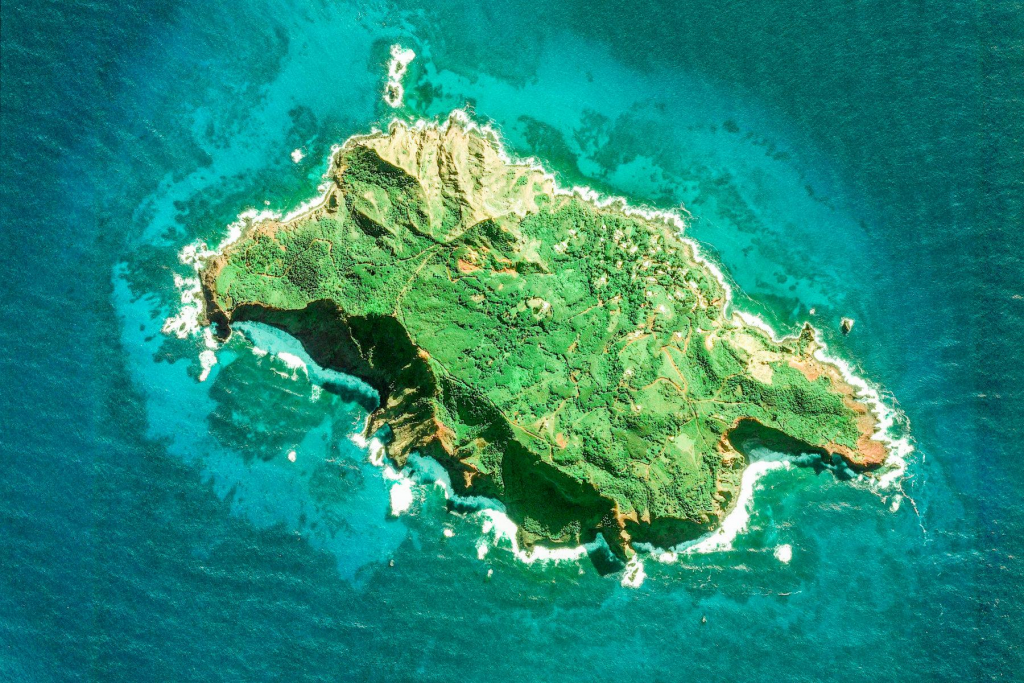
About 100 people living on the island today are believed to be descendants of insurgent sailors.
If we come to the history of this island in the middle of the South Pacific, in the most remote corner of the world… In 1790, a rebellion broke out on the Bounty ship belonging to the British navy. The sailors take the ship. The rebellion has succeeded, but there is no longer a home to return to. The sailors who went to this island, which is not even visible on the map, to escape the wrath of the British and the execution, when they got there, burned their ships so that they could never return to their country. The number of sailors on the island is eight. The rest of the crew perished in internal fighting before they found the island.
The island, which turned into a British colony in 1838, was connected to another British colony, Fiji, in 1952. After Fiji gained independence in 1970, the British ambassador to New Zealand assumed the administration of the island in the capacity of Governor of Pitcairn.
Kerguelen islands
A small archipelago in the Indian Ocean, the Kerguelen Islands are also known as the ‘Islands of Desolation’. To go to the islands where air transport is not possible, you need to take a six-day boat ride from Reunion Island in Madagascar.
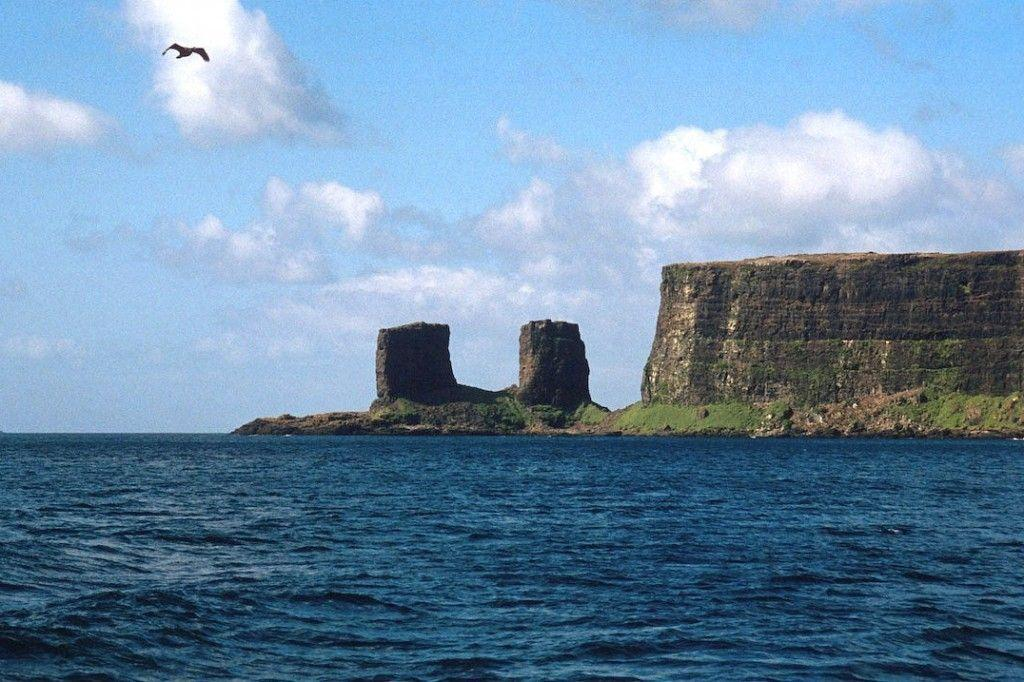
Just like Antarctica, hundreds of kilometers south of the island, there are not local people, but researchers from France. The archipelago, where the famous explorer James Cook set foot in 1776, is nothing but a part of the missile defense system of France, which has a satellite today.
Coober pedy
Australia’s hardest city to reach. This is not an island, but life here is quite interesting… The discovery of large opal reserves in 1915 makes this an attractive place. The miners then, unable to withstand the high temperatures, set up the city underground.

Today, 100 years later, this is an interesting place for tourists. More than half of the town of Coober Pedy, which has a heritage in both economic and cultural terms, with a population of 2,000, lives underground.

Opal, which can be cut and polished and used for making ornaments and jewellery, is a sought-after and valuable metal because it shines out in different colors like a rainbow when it gets light. Australia has 95 percent of the world’s opal deposits and the town of Coober Pedy is the heart of this mine.
Easter island
Easter Island, aka Rapa Nui, located 6,500 km from the Chilean coast, is one of the most desolate places in the vast Pacific Ocean. Today, only 4,000 people live on the island, which is approximately 180 square kilometers in size.
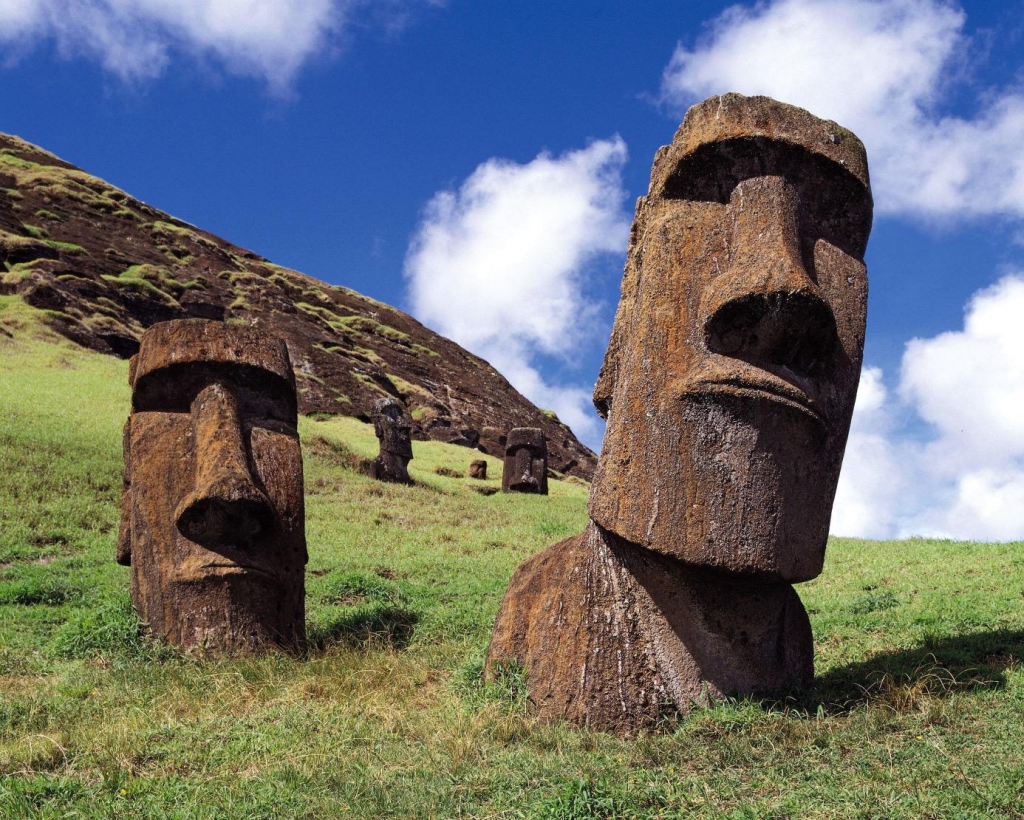
Found by Dutch explorer Jacob Roggeveen in 1722, Easter Island has 887 statues thought to have been carved from giant rocks by the locals 1,500 years ago in various parts of the island. How these statues called Motai were made is still not fully understood. Included in the UNESCO World Heritage List in 1995, the island still continues to inspire explorers with its nature, warm climate, local culture and traditions. Mysterious Statues of Easter Island These mysterious statues are also the focal point of tourism on Easter Island, whose livelihood is mostly tourism. The tallest of them is 10 meters high and weighing 82 tons. The heaviest of these sculptures is 86 tons and is an unfinished piece. The statue, which is estimated to weigh over 100 tons if it was completed, seems to be hiding the secret of a mysterious tradition along with the others.

Some researchers argue that these statues were made to commemorate the dead, like monuments. Even though there are many different stories, realistic and surreal, regarding the reasons for its construction, we can say that it is an extraordinary experience that is difficult to describe for anyone who visits the assets. The pedestals on which these statues are placed are called “Ahu”. To visit the over 1000 statues on the island, it is best to start with the most impressive places. The first of these is Ahu Tongariki. Located at the western end of the island, in this largest area housing the Moai statues, 15 Moai statues lined up side by side, welcoming visitors with the power of the ocean on which they turn their backs, their solemnity and mysterious silence. Another feature of the sculptures here is that they are shaped not only as the head but also as the whole body, as in other parts of the island. One of the most important things that visitors should know is: The sunrise in Tongariki is different, it must be caught! Another of the best areas to visit the statues is the quarry near Mount Rona Raraku. There are still hundreds of Moai statues around this quarry, where almost all of the statues were made.
Tristan-Cunha island
Tristan-Cunha is the farthest inhabited island in the world. It is located halfway between South Africa and South America. Only 300 cattle and 500 sheep live on the island, along with 300 people. Transportation is a real problem. There is no Airport here; so they have to wait for the ship to come from South America only eight times a year to meet their needs.
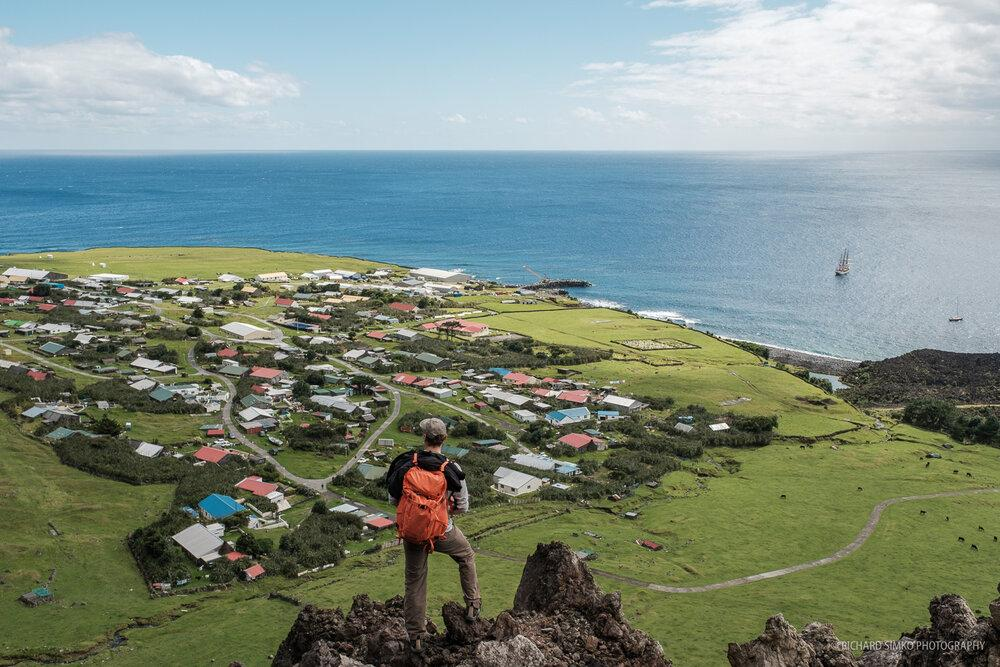
You are offered a job opportunity to live on the island. The work you will do; looking after animals; agricultural works such as viticulture and greenhouse cultivation. Because until today, only potatoes have been grown on the island; now they wanted to grow different vegetables and fruits. There is also a swimming pool, pub, cafe and a dance hall where you can spend time outside of work on the island. The island cluster Tristan da Cunha, located in the south of the Atlantic Ocean, is considered the most difficult place in the world to reach. Discovered in 1506, Tristan da Cunha has been the home of Italian, English and American settlers for centuries. The only way to reach the islands, which have been on the British territory since the 1800s, is by boat from the South American coast, which is 3200 km away.
La Rınconada
Located in Peru’s Andes Mountains, La Rinconada is perhaps the hardest to reach place in South America. The small mining town, which is at an altitude of 5,200 meters above sea level, is considered the highest and most desolate place in the world. Located on a frozen layer of ice, the town’s only means of transportation is truck travel under days of snow and storms.
No matter how difficult the geographical conditions make life, La Rinconada has a population of approximately 50 thousand gold mining people.
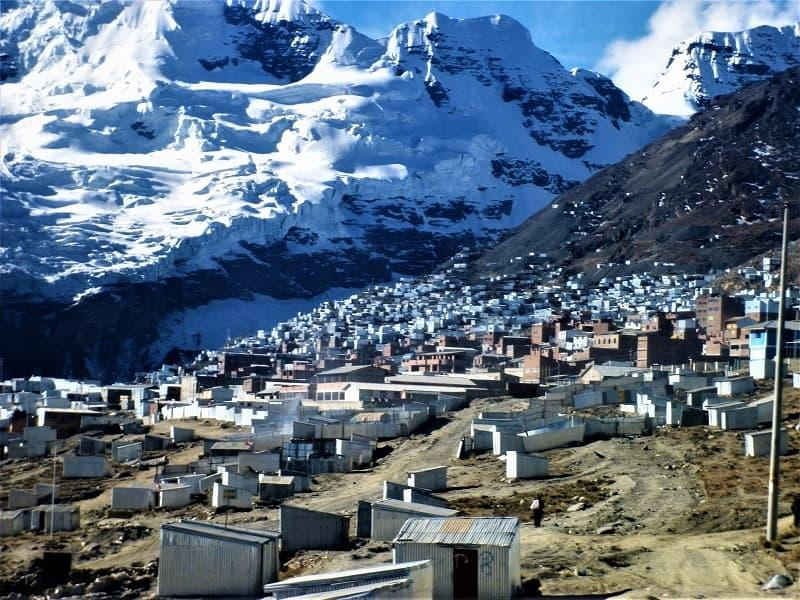
Although people living here can genetically adapt to high altitudes such as 5200 meters, researchers say that living in the region is quite unhealthy. The reason for this is both unsanitary hygienic conditions, low oxygen content, and gold mining and subsequent mercury released into the air.
As a result of all this, it seems that the people living here have much bigger health problems than Covid-19.





